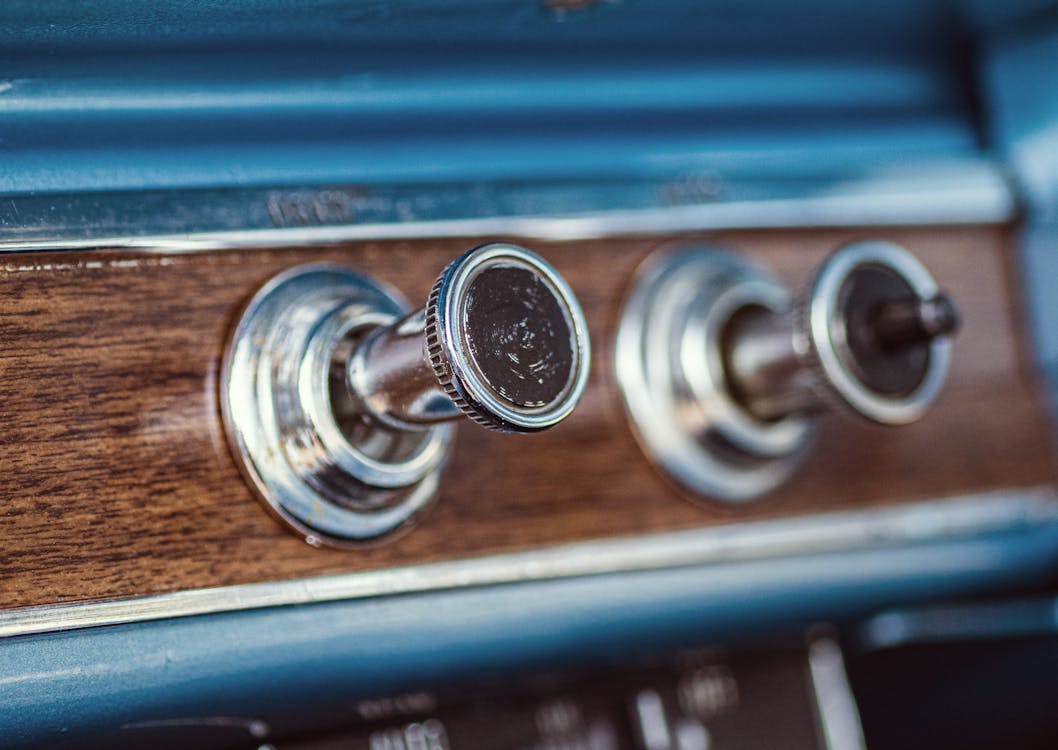
For the past years, automobile insides have been swiftly developing towards streamlined, screen-dominated control board. Touchscreens replaced standard handles, sliders, and switches in what several assumed was the inescapable march of progression. Yet, in an unexpected spin, physical switches are silently making their back into modern cars. The change signals greater than just a classic nod-- it's an action to real-world comments from chauffeurs yearning simplicity, safety, and responsive satisfaction.
The Digital Overload Dilemma
When touchscreens initially began taking over control panels, they seemed like the future: clean, customizable, and filled with functions. They eliminated mess and enabled automakers to enhance their interiors with less physical elements. But as even more features were buried within digital food selections, chauffeurs started to voice problems.
Touchscreens commonly require numerous actions to do standard tasks like readjusting the environment or changing the radio station. Unlike switches, they do not have the instinctive muscle memory that enables a vehicle driver to change a setting without taking their eyes off the road. With so much happening on-screen, it ends up being all also very easy to obtain distracted-- something no one wants when traveling at highway speeds.
The Return of Tactile Functionality
Among the biggest benefits of switches is their tactile comments. You can feel them without needing to look. This sensory reinforcement makes them not simply hassle-free yet more secure for motorists. When your hand naturally knows where the volume handle is or exactly how much to press a button to turn on the defrost, it minimizes the requirement to glance down or far from the roadway. And while touchscreens use benefit for infotainment and navigating, the vital day-to-day functions-- like hazard lights, audio controls, and HVAC-- really feel far better fit to physical controls.
Actually, numerous drivers who formerly advocated digital systems have shared gratitude for more recent versions that mix modern appearances with the practical feel of standard controls. It's not regarding turning down innovation-- it's regarding boosting usability.
A Balanced Design Philosophy
Designers have paid attention to this changing view. Instead of abandoning screens, they're reconsidering exactly how they're incorporated. The most effective insides now strike a balance in between digital adaptability and analog precision. That implies strategically placing buttons for important features while using electronic user interfaces for applications, navigating, and media.
This hybrid method is particularly preferred in automobiles designed for long-distance driving or family members. The simplicity of pushing a button without messing up via a food selection makes a huge distinction when you're trying to stay concentrated, comfortable, and risk-free. Also in lorries known for innovative tech, an easy rotating dial or responsive control can be the function that wins over vehicle drivers seeking thoughtful layout.
Buttons and the Emotional Connection
There's additionally something distinctively psychological about switches. They bring a particular level of interaction that touchscreens simply don't replicate. Pushing a switch or transforming a dial feels like you're literally communicating with your cars and truck-- it includes a layer of link that makes the driving experience much more satisfying.
For those thinking about used Chevy cars, automobiles from recent years commonly use the most effective of both globes: responsive touch user interfaces paired with classic article physical controls. These versions bridge the gap between advancement and experience, making them excellent for chauffeurs that value contemporary features without giving up simplicity of use.
Technology Isn't Just About Screens
It's very easy to merge technology with screens, however true development suggests improving the motorist experience. In this light, switches are a kind of clever style. They're quick, precise, and don't require attention. As automobile layout ends up being significantly driver-centric, convenience and intuition take center stage.
This also ties straight right into the resale and trade-in worth of lorries. Vehicles that focus on user-friendly functions often tend to age much better in the eyes of future buyers. If you're considering a Chevrolet trade in, recognizing that your current lorry uses a thoughtfully made interior, full with easily available controls, can have a favorable influence.
The Future Is Functional
As vehicle producers re-evaluate the duty of interfaces in the cabin, they're directed by motorist feedback and real-world usability studies. The renewal of switches does not indicate a go back to the past-- it's an advance in thoughtful, user-first layout. It acknowledges that progress doesn't always indicate eliminating the old however integrating it in such a way that makes driving more secure, simpler, and more pleasurable.
If you're in the marketplace and exploring Chevy new car deals, watch on how different designs handle their interior controls. It's not practically the touchscreen dimension-- it's concerning how the vehicle aids you stay concentrated on the roadway while making your everyday commute more user-friendly. Buttons may not be the flashiest function, but they're swiftly turning into one of one of the most valued.
For more understandings right into vehicle patterns, interior design advancements, and clever car shopping ideas, be sure to check back routinely. We're always upgrading the blog site with fresh ideas to aid you browse the road ahead.